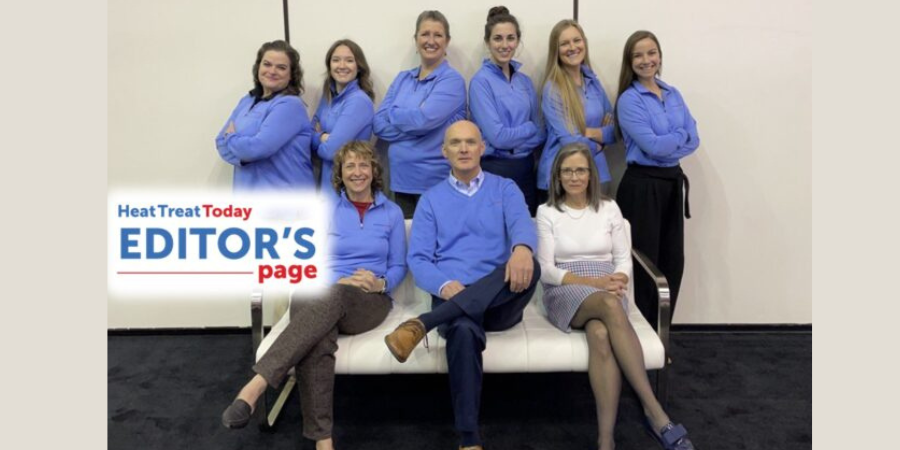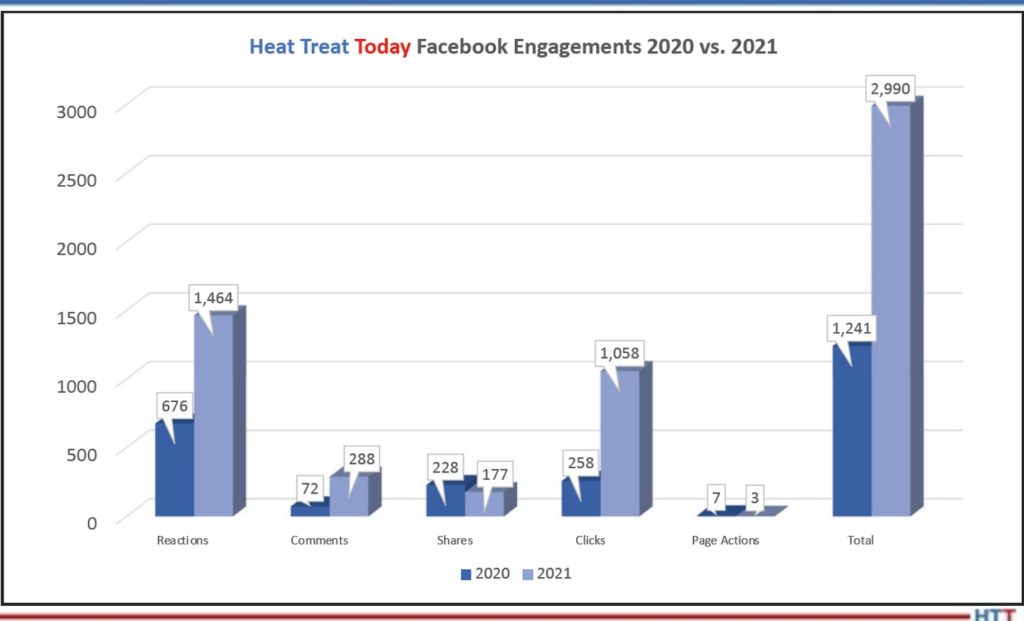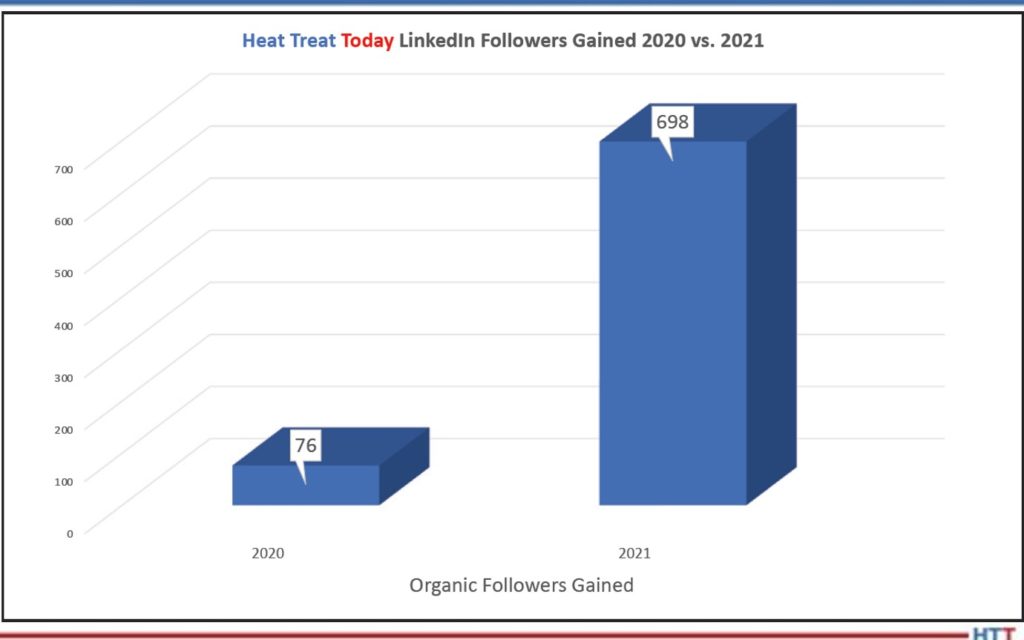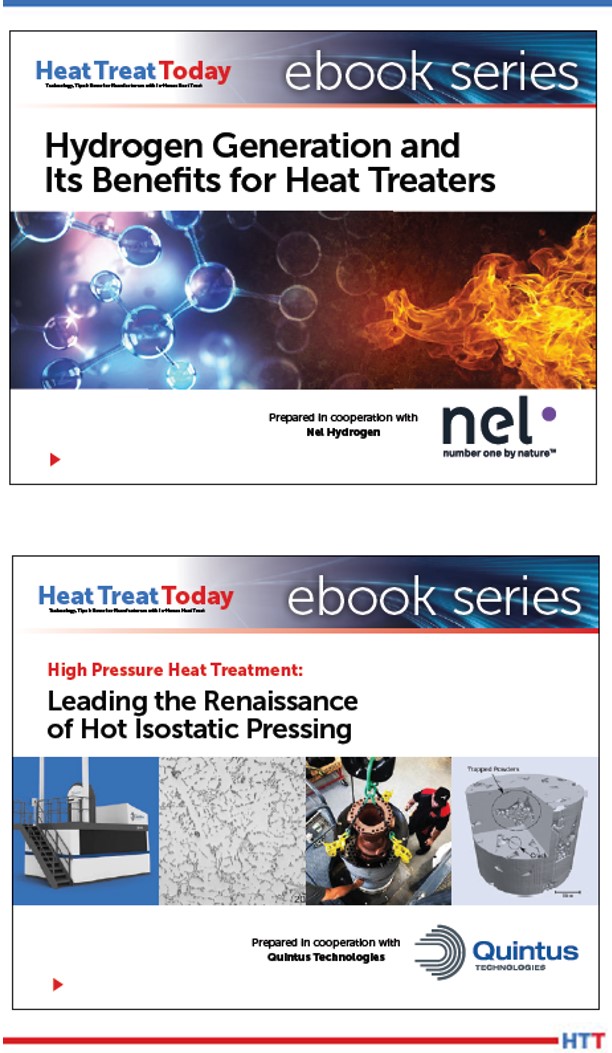Message from the Editor: Self-Healing Properties
![]() This message from Bethany Leone, managing editor of Heat Treat Today shares some reflections on self-healing across time. Looking at ancient structures and then progressing to modern-day applications, there is some room for wonder within the realm of science. Use the Reader Feedback button below to comment.
This message from Bethany Leone, managing editor of Heat Treat Today shares some reflections on self-healing across time. Looking at ancient structures and then progressing to modern-day applications, there is some room for wonder within the realm of science. Use the Reader Feedback button below to comment.
This article first appeared in Heat Treat Today's March Aerospace Heat Treating print edition. Feel free to contact Bethany Leone at bethany@heattreattoday.com if you have a question, comment, or any editorial contribution you’d like to submit.
Let’s talk Ancient Roman engineering. Aqueducts (elevated bridges made of concrete) stretched for miles to convey water from hilltops down to citizens and industries in city centers. Scientific studies covered by the University of Utah Blog, Engineering and Technology, and National Geographic have shown many cases where these concrete structures and other 2,000-year-old concrete Roman piers submerged in water have not just survived but thrived; it’s an ancient technology that’s stronger than modern methods.


Managing Editor Heat Treat Today / Heat Treat Radio Editor
Chemical reaction with the salty seawater is believed to be one reason for the lasting success of maritime concrete: seawater filters through the concrete, interlocking minerals grow within the structures, and the concrete ages with strength because of this added cohesion between the minerals and concrete. Additionally, assumptions for the ancient concrete’s strength pointed to pozzolanic materials as the strengthening composition.
But recently, researchers have identified “self-healing properties” of Roman concrete across applications — maritime piers, aqueducts, and roads, to name a few. The key component? Bright, white mineral fragments called “lime clasts” made of various calcium carbonate forms that were created under high heat. When cracks fractured into the concrete and broke across the lime clasts, water could enter and react with the material, creating a calcium-saturated solution. This solution can: recrystallize as calcium carbonate, thus filling the crack that allowed the water to enter in the first place, or react with pozzolanic materials, thus further strengthening the concrete.

Source: Adobe Stock/Kushnirov Avraham
Reading this research on ancient building methods, I remembered the “self-healing” that has recently been introduced to metallurgy by Rice University. Researchers developed a sulfur-selenium alloy that is corrosion-resistant and, when used as a coating for steel, could repair perforations when heat was applied (sometimes it even self-repaired without heat application). In moments like these, I look at my pinewood table and my ceramic mug and want to yell, “It’s alive!!”
Seeing these miraculous properties of material scientists and researchers does not lessen the amazing abilities that heat, water, and minerals continue to have after thousands of years. This excitement also does not stand alone but builds on the extensive knowledge of physics and chemistry as well as logic (no good engineer can do without that!) and creativity. Self-healing, while a trendy word, is not a tool that the engineer can use all on its own.
This liveliness in the world is ancient and present, integrated with other experiences, and also personal; as humans, we know the extent of “self-healing” and the interventions that are required to fully heal. There are points in life — perhaps childhood, apprenticeships, sports, or simply facing the daily grind — when it becomes necessary for someone to heal us, help us, and sometimes temper us. And, as an engineer or engineering-minded reader, you know that this is natural and good.
As we pull out another bar of chocolate to watch another video about how practical visionaries are developing technologies like self-healing materials for real-world solutions, we may see the heat treat industry under pressure to adapt old methods of processing parts to gain better results with new alloys. Especially in the open-mouth-gaping-at-new-technologies times we find ourselves in human history, we can still remember that however mind-blowing the discoveries — even in the face of something so crazy-sounding as “self-healing” — we can be like the Ancient Romans and (thoughtfully) embrace the miraculous material reality, too.
 Find heat treating products and services when you search on Heat Treat Buyers Guide.com
Find heat treating products and services when you search on Heat Treat Buyers Guide.com
Message from the Editor: Self-Healing Properties Read More »





















 Why does the increase in followers bring such joy? Well, it shows that people are certainly interested in what is being shared and perhaps has some relevance to the viewer — maybe he/she can resonate with it in some way. Or, at the very least, wants to find out why all the attention because, let’s be honest, who wants to suffer from FOMO?!
Why does the increase in followers bring such joy? Well, it shows that people are certainly interested in what is being shared and perhaps has some relevance to the viewer — maybe he/she can resonate with it in some way. Or, at the very least, wants to find out why all the attention because, let’s be honest, who wants to suffer from FOMO?!






